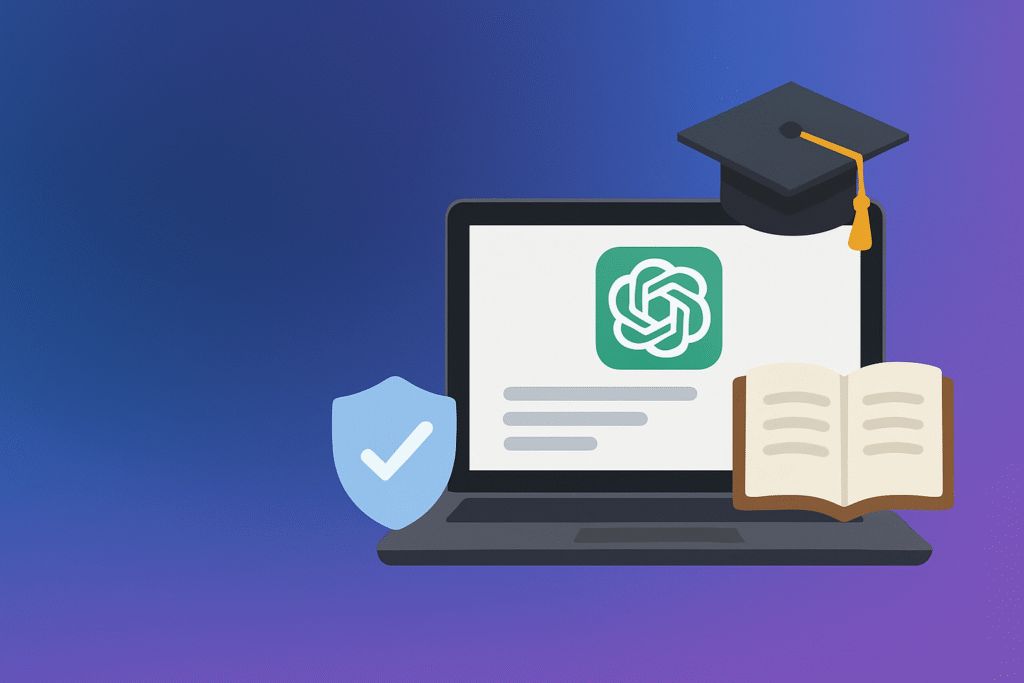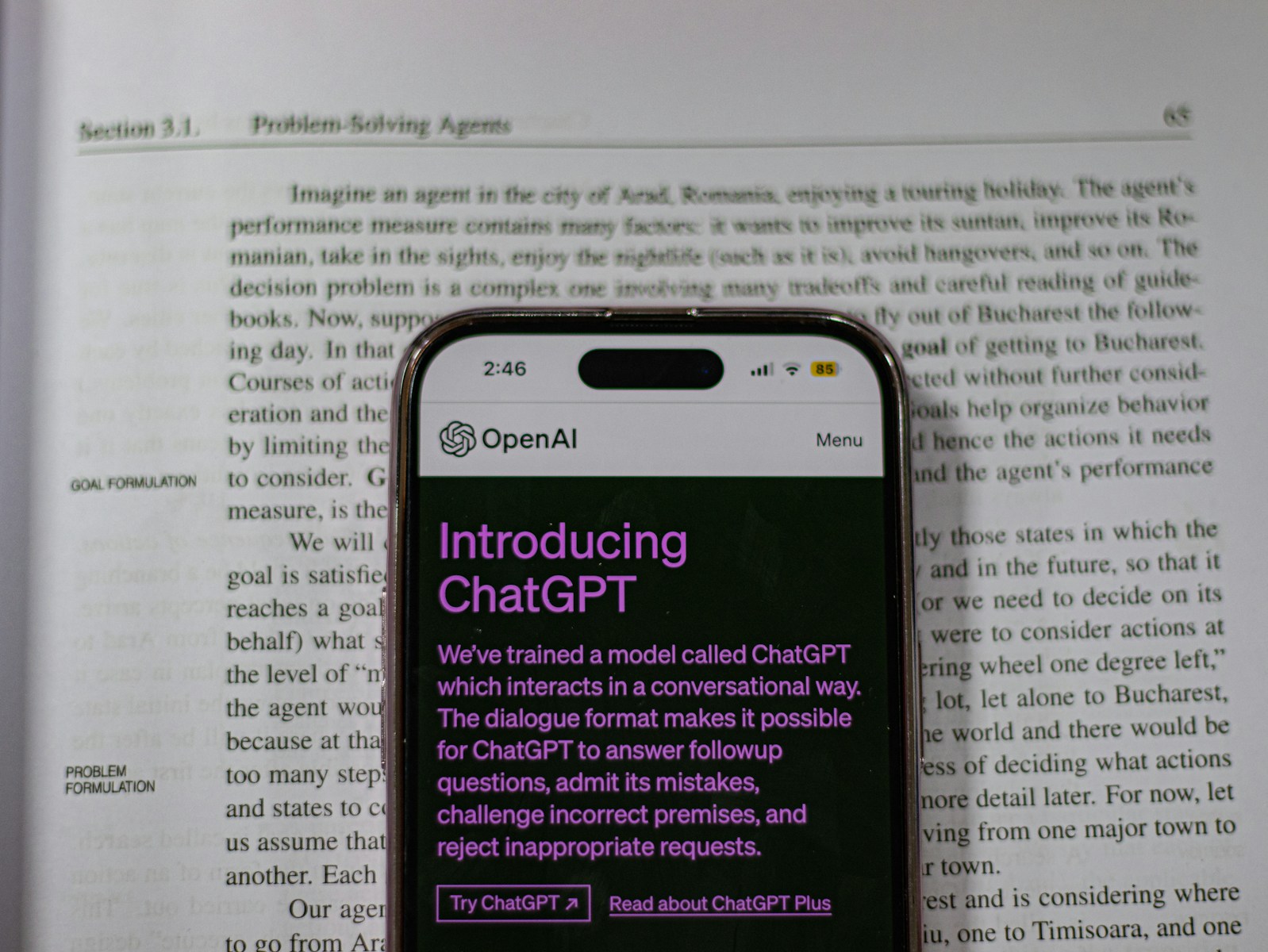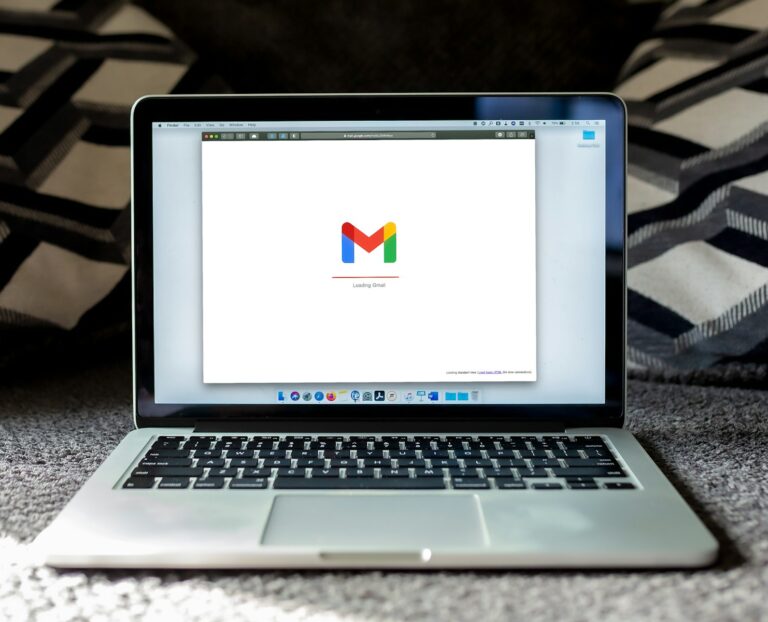Imagine you’re a college student in London, staring at a blank Google Doc with a deadline looming. Or maybe you’re a doctoral candidate in New York juggling multiple papers and trying to synthesize hundreds of sources. What if you had an intelligent research assistant who worked 24/7, never got tired, and could distill complex information into simple insights? That assistant exists — and it’s called ChatGPT.
While ChatGPT can be a powerful tool, especially for academic work, it needs to be used wisely. In this guide, you’ll learn how to use ChatGPT safely and effectively for research, while avoiding common pitfalls.
Let’s dive into the smart way to incorporate AI into your academic workflow.
Why Use ChatGPT for Academic Research?
First things first: ChatGPT is not a replacement for critical thinking, original analysis, or peer-reviewed sources. But when used properly, it can:
- Help brainstorm research topics
- Summarize complex papers
- Generate outlines
- Provide clarification on difficult concepts
- Suggest relevant keywords for database searches
- Offer multiple perspectives on an argument
Think of it as your brainstorming buddy or idea-starter — not your professor or final source.
Step-by-Step: Using ChatGPT for Research Safely
1. Define Your Research Goal
Before even opening ChatGPT, define what you’re trying to achieve. Are you looking for background information? An outline? A list of sources?
Example Prompt: “I’m writing a paper on the environmental impact of fast fashion. Can you help me brainstorm five subtopics to explore?”
You’ll get answers like:
- Water consumption in textile production
- Microplastics and synthetic fibers
- Ethical labor practices
- Global shipping and carbon emissions
- Overconsumption and waste
This clarity ensures you’re not just wandering aimlessly through AI-generated ideas.
2. Use It as a Supplement, Not a Source
ChatGPT can generate information, but it’s not a source you can cite. Treat it like your study partner who helps you think — not a primary or secondary source.
Smart Use Case: If you’re confused about the difference between qualitative and quantitative research, you can ask ChatGPT to explain it like you’re five. Then, you can follow up by reading a journal article that explores the topic in depth.
3. Verify Every Claim
Here’s a golden rule: Trust, but verify.
ChatGPT doesn’t cite real sources unless explicitly prompted, and even then it may hallucinate references. Use it to generate direction, then go validate the facts in real databases like JSTOR, Google Scholar, or your university library.
Real-World Case Study: Alex, a PhD candidate at the University of Manchester, uses ChatGPT to understand niche concepts in his dissertation. He once asked it to explain “ecological fallacy” in simple terms. ChatGPT gave him a clear, understandable version. He then validated that definition using his textbook and academic articles before including it in his draft.
4. Prompt Engineering: Be Specific
The better your input, the better the output. Instead of vague prompts like “Tell me about climate change,” try something like:
**”Can you summarize the main points of the 2022 IPCC climate report in under 300 words?” ** This forces the AI to give you structured, relevant, and actionable content.
You can even ask it to format the response:
- As a bullet-point list
- In APA citation style (but double-check formatting)
- From a UK perspective
5. Use ChatGPT to Build an Outline
Before writing your essay or paper, ask ChatGPT to help you outline your work. It won’t write your paper, but it can help organize your thoughts.
Prompt Example: “Create a detailed outline for a 2,000-word essay on the mental health impacts of social media on teenagers.”
Output might include:
- Introduction with a hook and thesis
- Section 1: Overview of social media usage
- Section 2: Psychological effects (anxiety, depression)
- Section 3: Case studies
- Section 4: Counterarguments
- Conclusion with summary and call to action
Use the outline as your roadmap, then fill it in with verified sources.

6. Summarize Long Papers Quickly
Have a 30-page article but no time to read? Upload the text (or key parts) into ChatGPT and ask for a summary.
Prompt Example: “Summarize this article in 200 words and list three main arguments.”
This is incredibly helpful for literature reviews, when you need to read multiple papers fast.
Important: Always check the original to ensure nothing critical is missed.
7. Generate Search Keywords
Finding good sources means knowing what to search. ChatGPT can help generate search terms.
Example: “I need academic articles on food insecurity in urban areas. What keywords should I try in JSTOR or Google Scholar?”
You might get suggestions like:
- “urban food deserts”
- “nutritional inequality in cities”
- “access to fresh produce urban US”
This is a major time-saver when navigating academic databases.
Bonus: Table of Do’s & Don’ts
| Do | Don’t |
|---|---|
| Use ChatGPT to brainstorm ideas | Cite ChatGPT as a source |
| Verify every claim independently | Assume AI answers are always accurate |
| Use it to clarify tough concepts | Use it to write your entire paper |
| Prompt it for outlines/summaries | Skip reading actual sources |
| Keep your input specific and clear | Use overly broad or vague prompts |
Common Mistakes to Avoid
1. Copy-Pasting AI Text Directly
Professors and tools like Turnitin can detect AI-written content. Use ChatGPT to assist your writing, not do it for you. Rewrite in your own words, adding citations from credible sources.
2. Over-Reliance on AI
ChatGPT is a tool — not a crutch. Academic research requires your unique perspective, synthesis, and argument-building. AI can give you structure, but not soul.
3. Ignoring Ethical Guidelines
Universities in the US and UK are increasingly outlining rules for AI use. Some prohibit it entirely, while others allow limited usage with disclosure.
Pro Tip: Always check your institution’s policy on AI tools before using ChatGPT in your assignments.
Real-World Example: Researching Mental Health Trends
Emily, a sociology student at UCLA, used ChatGPT to:
- Brainstorm trends in adolescent mental health
- Get explanations of terms like “digital overstimulation”
- Outline her paper
- Generate keywords for JSTOR
She didn’t copy anything directly. Instead, she used ChatGPT as a springboard, then dug deeper with academic sources. Her professor praised the structure and depth of her analysis.
Visual Aid: Ideal Workflow Using ChatGPT for Research
Image Suggestion: [Flowchart Graphic]
- Define topic & goal
- Prompt ChatGPT for ideas/outline
- Use AI to summarize sources
- Validate everything in databases
- Write in your own words
- Cite actual sources
- Submit!
Smart Research, Smarter You
ChatGPT is changing how students and researchers interact with knowledge. But just like a calculator doesn’t make you a math genius, ChatGPT won’t make you a research scholar overnight.
Use it to think more clearly, work more efficiently, and learn more deeply. When you treat it as a tool rather than a crutch, it becomes a true academic ally.



